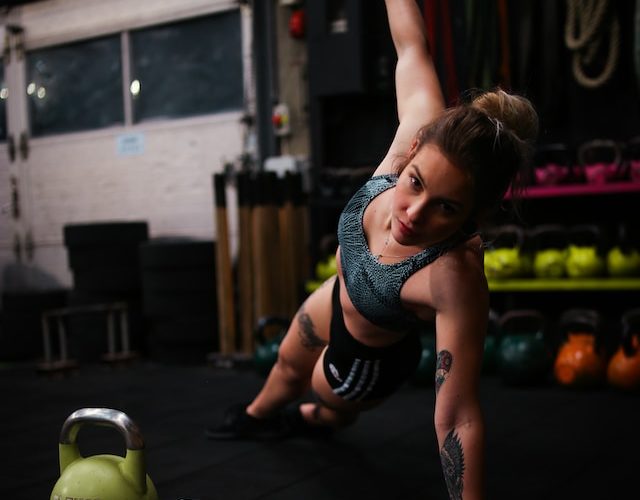Introduction:
Squatting is a fundamental exercise that engages multiple muscle groups and forms the basis of many strength training programs. Whether you’re an experienced gym-goer or a beginner looking to enhance your fitness journey, understanding the proper form and technique of squatting is essential for maximizing results and preventing injuries. In this article, we will delve into the key tips and guidelines for mastering the art of squatting.
- Start with the Basics:
Before diving into heavy weights, it’s crucial to familiarize yourself with the fundamental movements of the squat. Begin by standing with your feet shoulder-width apart and toes slightly turned out. Keeping your spine neutral, initiate the movement by hinging at the hips and bending your knees, lowering your body as if you were sitting back onto an imaginary chair. Aim to achieve a depth where your thighs are parallel to the floor.
- Engage Your Core and Maintain Proper Alignment:
To execute a squat with proper form, it’s essential to engage your core muscles. This provides stability and support throughout the movement. Visualize pulling your navel towards your spine to activate your deep core muscles. Additionally, ensure that your knees track in line with your toes, and your chest remains lifted throughout the exercise.
- Mind Your Breathing:
Breathing correctly during squats can enhance your performance and safety. Inhale deeply before descending into the squat, and exhale forcefully as you drive through your heels to return to the starting position. This breathing pattern helps stabilize your core and provides additional power during the ascent.
- Mastering Depth and Range of Motion:
Achieving proper depth in a squat is crucial for reaping maximum benefits while minimizing strain on the knees and lower back. Aim to go as low as your mobility allows without sacrificing form. Over time, as you develop strength and flexibility, you can gradually increase your range of motion.
- Foot Placement and Weight Distribution:
Proper foot placement plays a significant role in squatting technique. Keep your weight evenly distributed through your entire foot, with emphasis on the heels. This ensures stability and helps prevent excessive strain on the knees. Experiment with different foot positions to find what feels most comfortable for you.
- Gradual Progression and Proper Warm-up:
Squatting is a demanding exercise, and it’s important to approach it gradually to avoid injuries. Start with bodyweight squats and gradually increase the resistance as your strength improves. Prioritize a thorough warm-up routine, including dynamic stretches and mobility exercises, to prepare your body for the demands of squatting.
- Seek Professional Guidance:
If you’re new to squatting or unsure about your form, consider seeking guidance from a qualified fitness professional or strength coach. They can assess your technique, provide personalized recommendations, and help you progress safely.
Conclusion:
Mastering the proper form and technique of squatting is essential for anyone looking to incorporate this foundational exercise into their fitness routine. By following the tips and guidelines outlined in this article, you can enhance your performance, maximize your results, and reduce the risk of injuries. Remember, practice and consistency are key to perfecting your squatting technique. So, grab your barbell, follow these tips, and squat your way to strength and fitness success!












